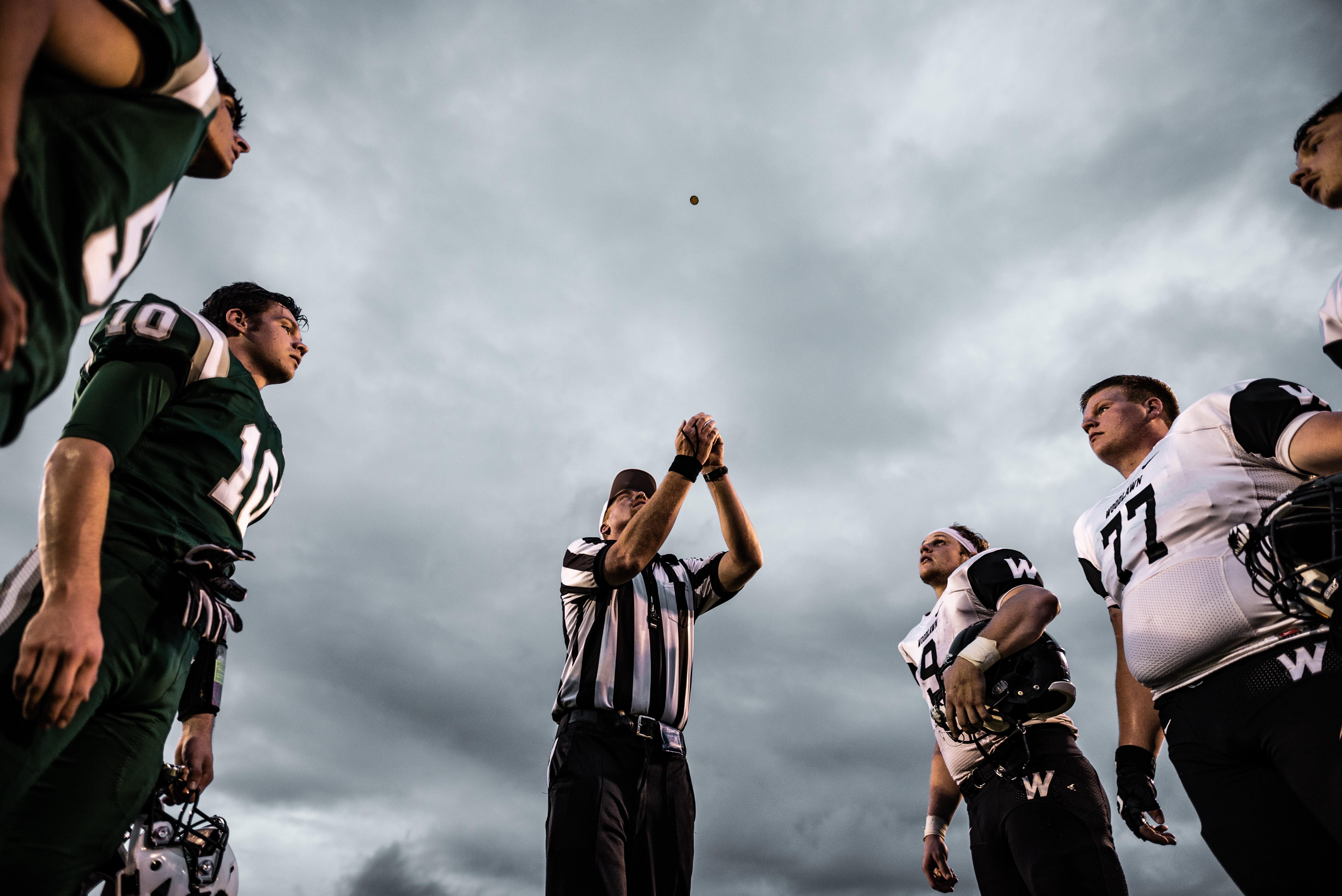Imagine a coin-tossing tournament. The last man standing—the ultimate survivor—will have won every single one of his coin tosses in a row. Should we ask him what his secret for success was? Maybe it was his flipping technique or lucky socks?
Don't laugh; it's a good bet that at some point in your life you've fallen prey to some version of the survivorship bias, an incredibly pervasive cognitive illusion that makes an appearance whenever failures disappear or become hidden from view. Have you ever marveled at the purring engine of a classic car, run your fingers down the smooth seams of a vintage coat, or tested the steel on your grandfather's old hunting knife?
Maybe you thought, "They just don't make things like they used to!" It's a romantic idea—that people in some hazy, nostalgic past really valued workmanship and quality; that old objects have a kind of inherent staying power.
What you probably didn't think about, in those moments, were all the similar classic cars that ended up broken down in junkyards. You didn't consider the coats whose seams had already fallen apart. All you saw were the things that survived to tell their stories. In the context of antique shopping, its effects are fairly innocuous, but in WWII it was a matter of life and death.
Survivorship Bias Example From WWII
During World War II military engineers wanted to figure out how to make bomber planes safer for the pilots who risked their lives to fly them. When the engineers looked at returned planes, they saw that bullet damage clustered in three main places: the wings, the body, and the rear gunner. So, these were the places they suggested be reinforced with extra armor.
Fortunately for the army, it had the help of a statistician named Abraham Wald. These planes, Wald pointed out, had survived being hit. What they showed was that a plane could get shot multiple times in the wings, body, and rear gunner and still manage to fly.
So, contrary to popular opinion, it was the rest of the plane that needed reinforcement.
Dieting "Secrets" Revealed?
Social media is a great place to find examples of survivorship bias. Like all those "before and after pics" you see on Transformation Tuesday. Sure, you'll see how someone quickly fixed their overbite, lost 30 pounds, or made a million dollars on a risky crypto bet. But, how many people didn't succeed?
It could be 10% or it could be 80%! But, when you only see a successful outcome, your brain is subject to survivorship bias.
I have yet to see any company put together pages of photos showing unhappy customers, haha!
With ping pong and billiards, it's all just physics, but there are a lot of gray areas. Once you're attuned to the way survivorship bias works, it's hard not to see it rearing its head all over the place. You might assume that the slot machine dumping out quarters by the entrance to the casino must be in a lucky location.
You might suss out the reason your new date has nothing but fruit and vegetables in the fridge: Healthy? No, it's because he's already eaten all the junk food!
And you might understand why looking at the life stories of successful people won't necessarily do you any good. Is it true that Mark Zuckerberg and Tiger Woods both dropped out of college? (And LeBron didn't even attend!)
Well, yes —but given that over a third of each enrolled class of students in the U.S. drops out before graduating, and there are only a handful of Facebook founders and golf phenoms, this hardly seems like a defining characteristic. To really understand the secret of success, we would have to look at examples of lots of college dropouts—including the overwhelming majority who failed.
Survivorship bias represents yet another way our brains manufacture a skewed model of the world, which we then unquestionably take for reality. The important thing about survivorship bias is that if we aren't wary, it can create secrets of success where none exist.
After all, we won't always know we're looking at a coin toss.





















